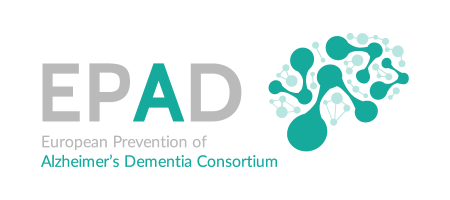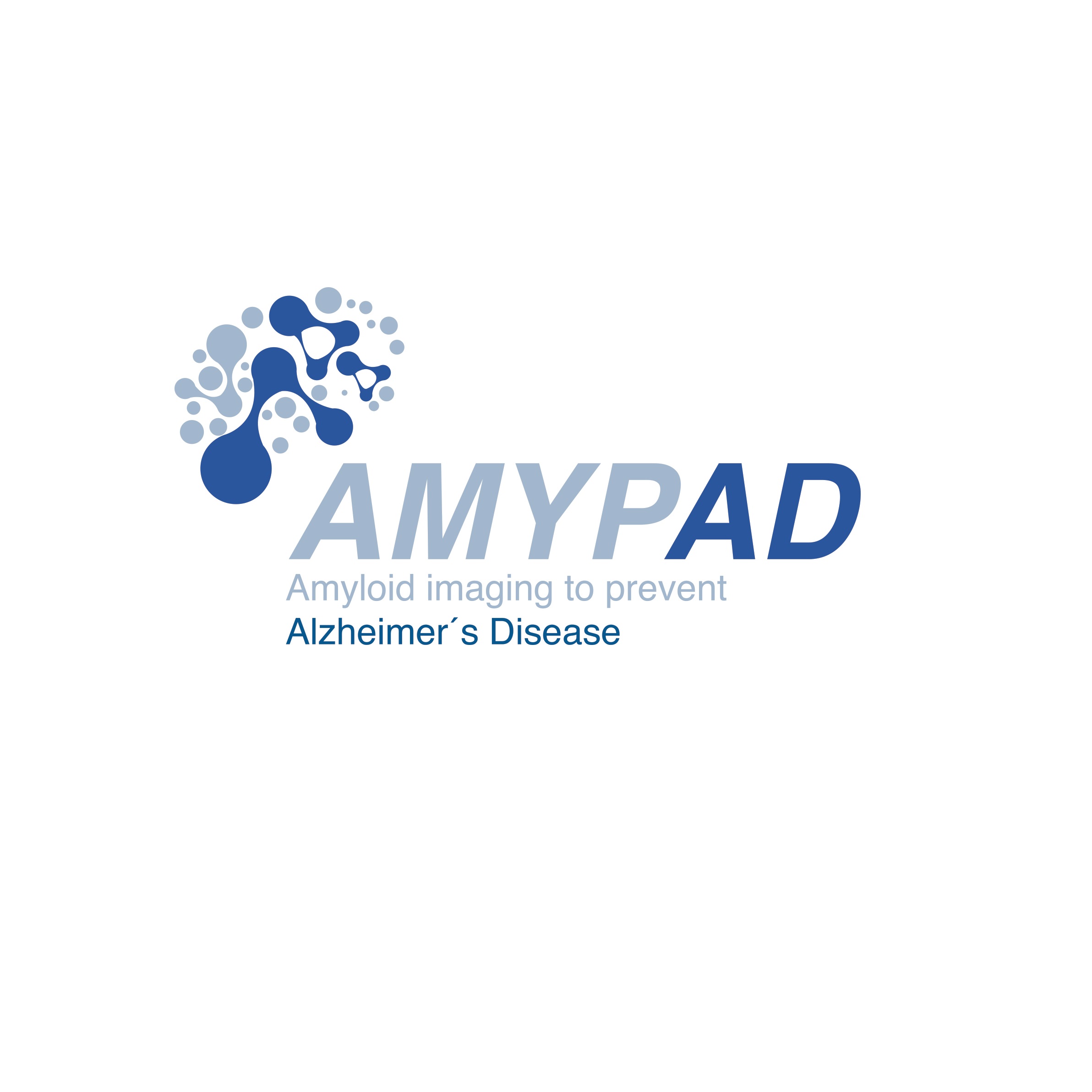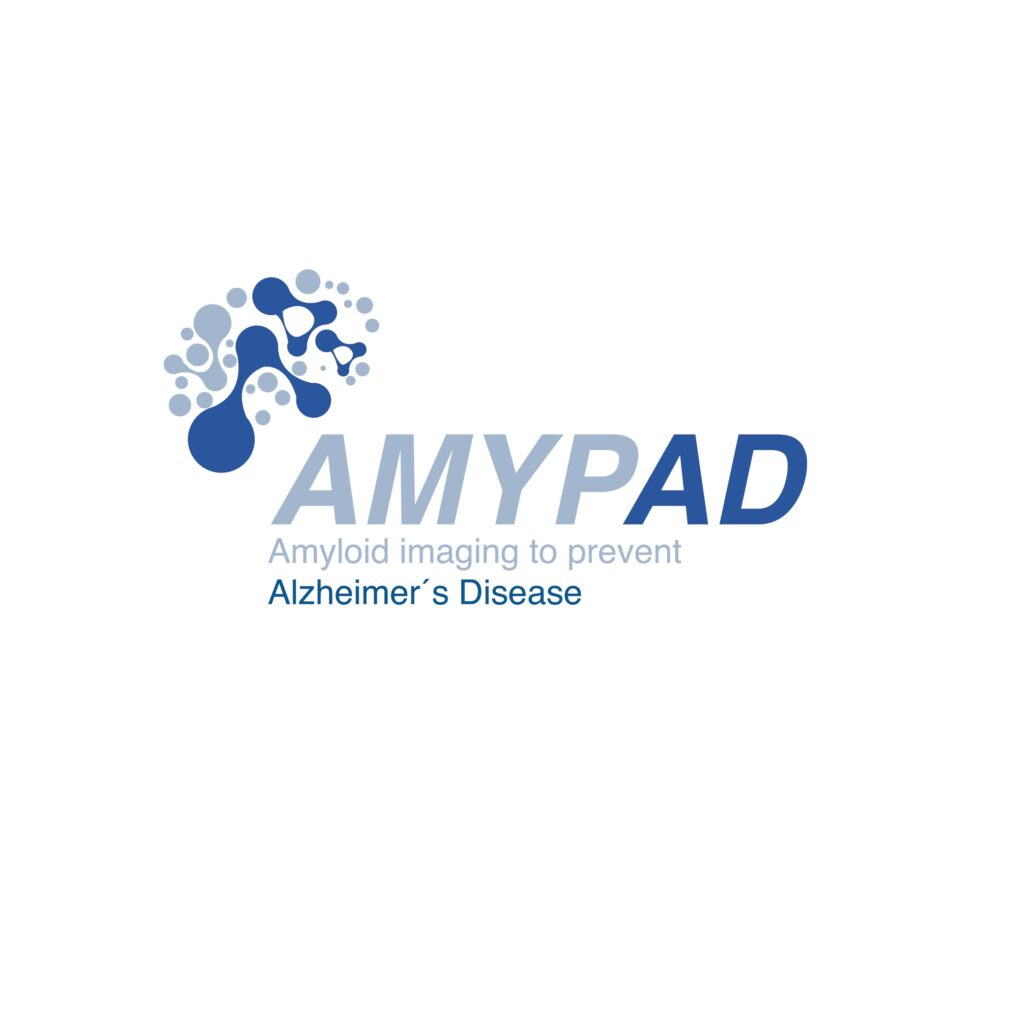The relation between APOE genotype and cerebral
microbleeds in cognitively unimpaired middle- and old-aged
individuals
Author: admin
-
The relation between APOE genotype and cerebralmicrobleeds in cognitively unimpaired middle- and old-agedindividuals
The relation between APOE genotype and cerebralmicrobleeds in cognitively unimpaired middle- and old-agedindividuals
—
by
in PublicationsThe relation between APOE genotype and cerebralmicrobleeds in cognitively unimpaired middle- and old-agedindividuals
-
Metabolites
Metabolites
“Using LC-MS/MS to Determine Salivary Steroid Reference Intervals in a European Older Adult Population”

Authors: Sarah Gregory, Scott G Denham, Patricia Lee, Joanna P Simpson, Natalie Z M Homer
Abstract:
A number of steroids, including glucocorticoids and sex hormones, have been associated with neurodegenerative and cardiovascular conditions common in aging populations. The application of liquid chromatography tandem mass spectrometry (LC-MS/MS) steroid analysis offers an opportunity to conduct simultaneous multiplex steroid analysis within a given sample. In this paper, we describe the application of an LC-MS/MS steroid analysis method for the assessment of reference ranges of steroids in human saliva samples (200 µL) collected from older adults (age 50 years and above) enrolled in a European cohort investigating the risk for Alzheimer’s dementia. Saliva samples were prepared using supported liquid extraction (SLE) along with a calibration curve and analysed using a Waters I-Class UPLC (Ultra Performance Liquid Chromatography) and a Sciex QTrap 6500+ mass spectrometer. Mass spectrometry parameters of steroids were optimised for each steroid and a method for the chromatographic separation of 19 steroids was developed. Lower limits of quantitation (LLOQs), linearity and other method criteria were assessed. In total, data from 125 participants (500 samples) were analysed and assessed for reference ranges (64 male, 61 female). A total of 19 steroids were detected in saliva within the range of the method. There were clear diurnal patterns in most of the steroid hormones detected. Sex differences were observed for androstenedione (A4), testosterone (T), cortisone (E) and aldosterone (Aldo). In the first sample of the day, dehydroepiandrosterone (DHEA) was significantly higher in healthy volunteers compared to those with Alzheimer’s disease biomarkers. This LC-MS/MS method is suitable for the analysis of 19 steroids in saliva in adults.
DOI: https://doi.org/10.3390/metabo13020265
Published online: 13 February 2023 in the Journal Metabolites
—
by
in Publications“Using LC-MS/MS to Determine Salivary Steroid Reference Intervals in a European Older Adult Population” Authors: Sarah Gregory, Scott G Denham, Patricia Lee, Joanna P Simpson, Natalie Z M Homer Abstract: A number of steroids, including glucocorticoids and sex hormones, have been associated with neurodegenerative and cardiovascular conditions common in aging populations. The application of liquid…
-
“Ready for What” Timing and Speculation in Alzheimer’sDisease Drug Development
“Ready for What” Timing and Speculation in Alzheimer’sDisease Drug Development
“Ready for What” Timing and Speculation in Alzheimer’sDisease Drug Development
—
by
in Publications“Ready for What” Timing and Speculation in Alzheimer’sDisease Drug Development
-
The Current EPAD Team
The Current EPAD Team
The EPAD team is a ground-breaking European initiative to streamline the testing and development of preventative treatments for Alzheimer’s disease.

Prof. Craig Ritchie
Chief Investigator
Prof. Jean Manson
Principal Investigator
Cindy Birck
Communications Manager
Josie Butchart
Bioresource Manager
Georgios Ntailianis
Data Manage
Frederik Barkhof
Imaging Head of Study
Luigi Lorenzini
Imaging Scientific Assessor and Manager
Alle Meije Wink
Imaging Data and Technical Manager—
by
in Epad_storyThe EPAD team is a ground-breaking European initiative to streamline the testing and development of preventative treatments for Alzheimer’s disease. Prof. Craig RitchieChief Investigator Prof. Jean MansonPrincipal Investigator Cindy BirckCommunications Manager Josie ButchartBioresource Manager Georgios NtailianisData Manage Frederik BarkhofImaging Head of Study Luigi LorenziniImaging Scientific Assessor and Manager Alle Meije WinkImaging Data and Technical Manager
-
Hello world!
Hello world!
Welcome to WordPress. This is your first post. Edit or delete it, then start writing!
—
by
Welcome to WordPress. This is your first post. Edit or delete it, then start writing!
-

Data from AMYPAD PNHS is now available on the AD Workbench
Data from AMYPAD PNHS is now available on the AD Workbench
- The AMYPAD consortium, in its partnership with Aridhia and AD Data Initiative, is delighted to announce the external release of its PNHS dataset.
- The integrated dataset represents the largest European PET dataset phenotyping longitudinally individuals at risk of AD-related progression.
- The public dataset has been incorporated into the AD Workbench to provide even greater value to the global neuroscience research community.
Supported by the Innovative Medicines Initiative (IMI) through the Amyloid Imaging to Prevent Alzheimer’s Disease (AMYPAD) project, the Prognostic and Natural History Study (PNHS) was an open-label, prospective, multicentre, cohort study aiming to understand the role of amyloid positron emission tomography (PET) imaging in the earliest stages of Alzheimer’s disease (AD). The study was established to collect amyloid PET scans in a large-scale population and included participants from 11 European parent cohorts of similar characteristics in a predementia phase. The first external data-release of the AMYPAD PNHS study has been made in June 2023. Data from the multiple data sources have been integrated using the Aridhia Workspaces infrastructure and are now available to the research community through the AD Workbench of the Alzheimer’s Disease Data Initiative (AD Data Initiative), which is an open, global and free cloud-based platform for scientists to accelerate discoveries and innovations for AD and related dementias. To access the data, you will need to make an online request via the AD Workbench.
“We are proud to partner with the AD Data Initiative to help further our understanding of the early stages of AD to accelerate scientific progress. This partnership powers global open access to project’s data. The PNHS dataset will be maintained and improved over the next years thanks to the close collaboration with the AD Data Initiative.”, said Frederik Barkhof (Amsterdam UMC) and Gill Farrar (GE HealthCare), AMYPAD Project Coordinators.
For more information about the AMYPAD PNHS, you can download the study design paper published in the journal Alzheimer’s & Dementia here.
For more information about AMYPAD, please visit: https://amypad.eu/
For more information about the AD Data Initiative, please visit: https://www.alzheimersdata.org/
For more information about Aridhia, please visit: https://www.aridhia.com/
About the AMYPAD PNHS Data
The AMYPAD PNHS data collection is a combination of prospective and historical data from multiple European sites in Belgium, France, Germany, Spain, Sweden, Switzerland, The Netherlands and The United Kingdom. These sites have provided information through 11 parent cohorts, including EPAD LCS, EMIF-AD (60++ and 90+), ALFA+, FACEHBI, FPACK, UCL-2010-412, Microbiota, DELCODE, H70 and AMYPAD Diagnostic and Patient Management Study (DPMS).
The current dataset includes a total of 3,368 participants. Of them, 1,620 underwent a baseline amyloid PET that includes the visual read and the Centiloid quantification (1,476 subjects), among other metrics. Moreover, 888 participants have (at least) one follow-up PET scan, 763 of them with Centiloid quantification. The participant’s clinical outcomes (e.g., cognition), disease (imaging) biomarkers, risk factors (e.g., genetics and environmental), and other relevant variables are included in the dataset. The dataset is planned to be further expanded, both in terms of parent cohorts and in available data (e.g. quantification of advanced MRI sequences, genetics, blood biomarkers, etc.).
How to access the AMYPAD PNHS data?
AMYPAD offers a way of accessing the data to academic researchers, institutions and companies from all over the world. This is shared through secure online Workspaces and you will need to make a formal request to access the imaging, clinical, and biomarker data for scientific research investigation and/or educational activities. The application can be performed via the FAIR Data Service of the AD Data Initiative.
You can find the data access request procedure for the AMYPAD PNHS here.
If you are requesting access to the AMYPAD PNHS, you should accept the responsible use of the data under the terms described here.
Requirements for publishing results
AMYPAD encourage the publication of any research arising from the AMYPAD PNHS. If results are published that were generated using the AMYPAD PNHS data, it is mandatory to acknowledge the AMYPAD Consortium and the grants that supported this IMI project. More details are provided in the document here, which outlines the policies for publication and the publication credits for those who use the AMYPAD PNHS data.
Acknowledgements and disclaimer
The AMYPAD project received funding from the Innovative Medicines Initiative 2 Joint undertaking under grant agreement No 115952. This Joint Undertaking received support from the European Union’s Horizon 2020 research and innovation programme and EFPIA.
This communication reflects the views of the consortium and neither IMI nor the European Union and EFPIA are liable for any use that may be made of the information contained herein.

—
by
in NewsThe AMYPAD consortium, in its partnership with Aridhia and AD Data Initiative, is delighted to announce the external release of its PNHS dataset. The integrated dataset represents the largest European PET dataset phenotyping longitudinally individuals at risk of AD-related progression. The public dataset has been incorporated into the AD Workbench to provide even greater value…
